Ankle sprains are one of the most common injuries, affecting athletes and non-athletes alike. As a result, the demand for ankle braces has surged, driven by the need for effective support and injury prevention. This article delves into the current market landscape, highlighting key players, regional trends, and the factors contributing to the growth of the ankle brace market.
Table of Contents:
– Market Overview
– Innovative Materials and Design
– Technological Features and Functionality
– Comfort and Safety
– Benefits and Performance
Market Overview
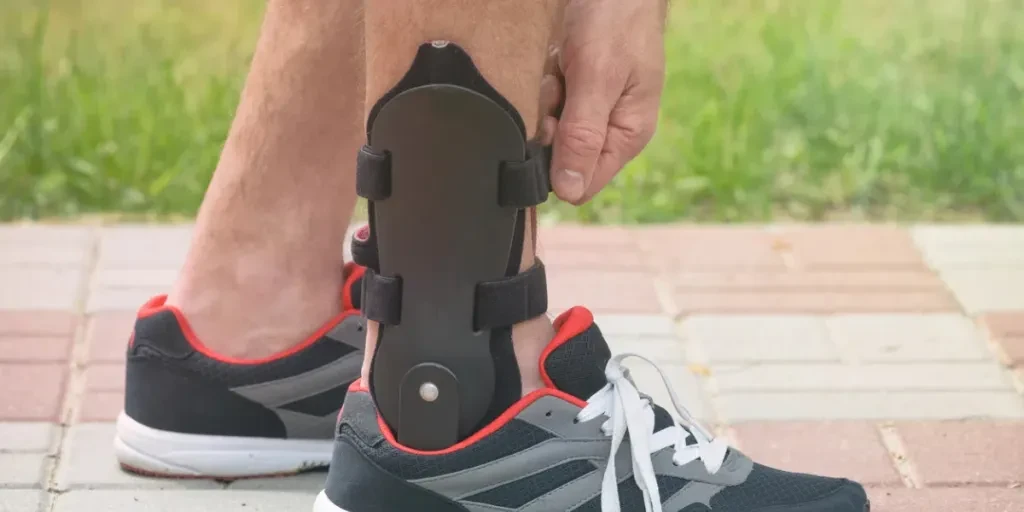
Current Demand and Growth
The market for ankle braces has seen significant growth in recent years, driven by the increasing incidence of ankle injuries and the rising awareness of preventive measures. According to a report by Research and Markets, the global foot orthotic insoles market, which includes ankle braces, grew from USD 3.35 billion in 2023 to USD 3.58 billion in 2024. It is expected to continue growing at a compound annual growth rate (CAGR) of 6.91%, reaching USD 5.36 billion by 2030. This growth is attributed to the increasing prevalence of foot and ankle disorders, the rising awareness of the benefits of orthotic insoles, and continuous technological advancements in product design and materials.
Key Players and Brands
The ankle brace market is highly competitive, with several key players dominating the industry. Some of the leading brands include Bauerfeind AG, Ottobock Holding GmbH, and Superfeet Worldwide Inc. These companies are known for their innovative products and commitment to quality. For instance, Bauerfeind AG offers a range of ankle braces designed to provide optimal support and comfort, while Ottobock Holding GmbH focuses on advanced materials and ergonomic designs. Superfeet Worldwide Inc. is renowned for its custom-made orthotic insoles, which cater to the specific needs of individual users.
Regional Trends and Preferences
The demand for ankle braces varies significantly across different regions, influenced by factors such as lifestyle, healthcare infrastructure, and awareness of foot health. In the Americas, the market is evolving due to the rise in the aging population and increased awareness of foot health. The availability of advanced orthotic solutions and rising healthcare spending have also contributed to the demand in this region.
In the EMEA region, the need for ankle braces is growing due to the increasing incidence of chronic diseases and a strong healthcare infrastructure, particularly in European countries. The Middle East and Africa, though not as robustly developed as Europe, present growth opportunities due to population expansion and increasing healthcare expenditure.
In the Asia-Pacific region, rising disposable incomes, changing lifestyles, and an aging population are accelerating the use of ankle braces. The growing trend of using sports orthotic insoles for performance enhancement and injury prevention is also anticipated to raise the demand for improved foot orthotic insoles by end-users across the globe.
Innovative Materials and Design
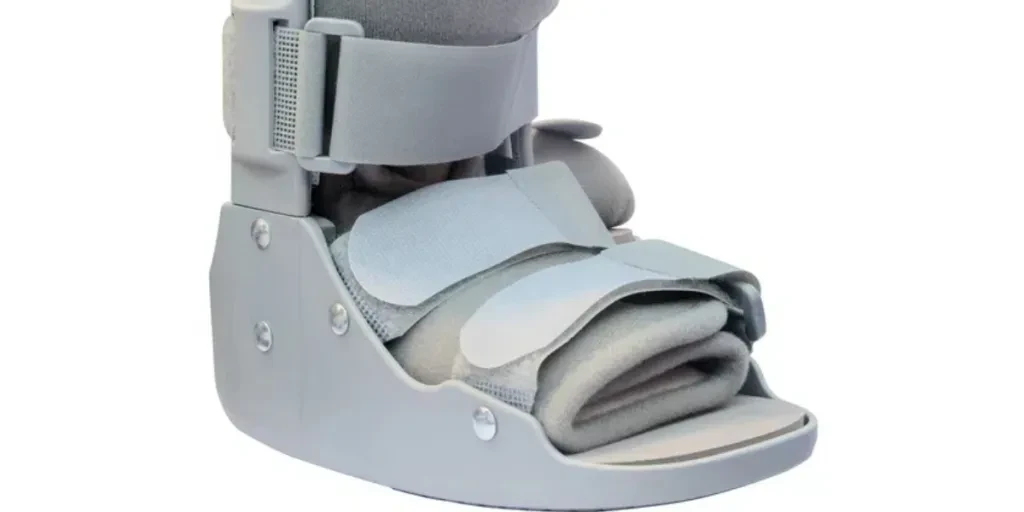
Advanced Materials for Enhanced Support
In recent years, the development of ankle braces has seen significant advancements in the materials used, aimed at providing enhanced support and protection. Modern ankle braces now incorporate materials that are both lightweight and durable, ensuring that users do not feel weighed down while still receiving the necessary support. For instance, elastomer harnesses, which combine the flexibility of rubber with the durability of plastic, are increasingly popular. These materials are not only lightweight but also provide a snug fit, which is crucial for preventing further injury and ensuring stability.
Additionally, the use of advanced foams and gels in the construction of ankle braces has become more common. These materials offer superior cushioning and shock absorption, which is essential for reducing the impact on the ankle during physical activities. The integration of these materials has significantly improved the comfort and effectiveness of ankle braces, making them a preferred choice for both athletes and individuals recovering from injuries.
Ergonomic and User-Friendly Designs
The design of ankle braces has also evolved to become more ergonomic and user-friendly. Modern designs focus on providing a natural fit that mimics the anatomy of the ankle, ensuring that the brace moves with the user rather than against them. This is particularly important for athletes who require a full range of motion while still needing support.
One example of this is the use of adjustable straps and laces that allow for a customized fit. This feature is similar to the lacing systems found in high-quality hiking shoes, which offer a secure fit and greater stability. These designs help to distribute pressure evenly across the ankle, reducing the risk of discomfort and further injury.
Customization Options for a Perfect Fit
Customization is another key trend in the design of ankle braces. Many modern braces now come with adjustable components that allow users to tailor the fit to their specific needs. This includes adjustable compression levels, which can be modified to provide more or less support depending on the severity of the injury or the level of activity.
For instance, some ankle braces feature removable inserts that can be added or removed to adjust the level of support. This is particularly beneficial for individuals with chronic conditions who may require different levels of support at different times. The ability to customize the fit of an ankle brace not only enhances comfort but also improves the overall effectiveness of the brace in preventing and managing injuries.
Technological Features and Functionality
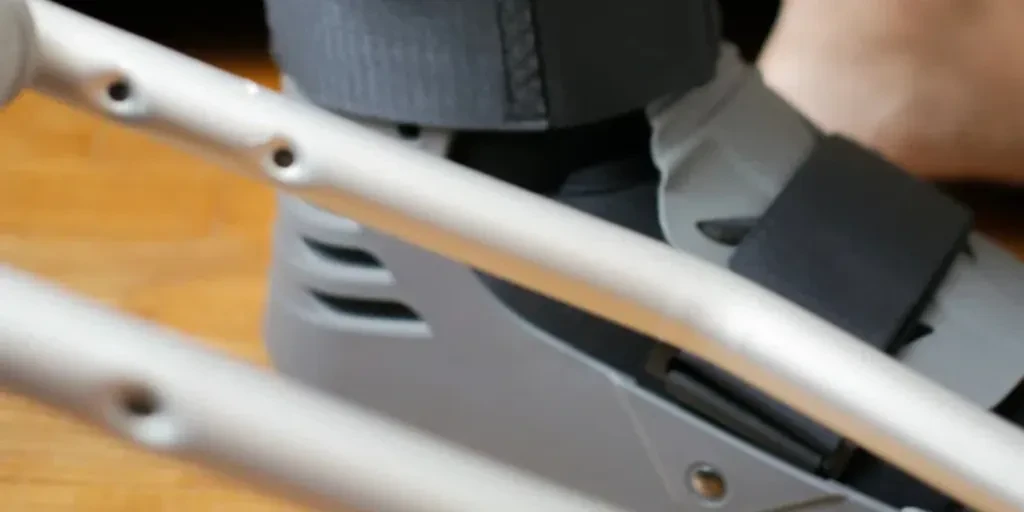
Smart Ankle Braces with Integrated Sensors
The integration of technology into ankle braces has opened up new possibilities for monitoring and managing injuries. Smart ankle braces equipped with integrated sensors can provide real-time data on the user’s movements, helping to track progress and identify any potential issues. These sensors can monitor parameters such as range of motion, pressure distribution, and activity levels, providing valuable insights for both users and healthcare professionals.
The use of smart technology in ankle braces has been shown to improve rehabilitation outcomes by providing personalized feedback and allowing for more precise adjustments to the brace. This technology is particularly beneficial for athletes who need to monitor their recovery closely and make data-driven decisions about their training and rehabilitation.
Adjustable Compression and Support Levels
Adjustable compression and support levels are another important feature of modern ankle braces. These features allow users to fine-tune the level of support they receive, ensuring that the brace meets their specific needs. For example, some ankle braces come with adjustable straps or laces that can be tightened or loosened to provide the desired level of compression.
This is similar to the adjustable systems found in high-quality hiking shoes, which offer a secure fit and greater stability. These adjustable features help to distribute pressure evenly across the ankle, reducing the risk of discomfort and further injury.
Breathable and Moisture-Wicking Fabrics
Comfort is a critical factor in the design of ankle braces, and the use of breathable and moisture-wicking fabrics has become increasingly important. These fabrics help to keep the skin dry and comfortable, reducing the risk of irritation and infection. The use of breathable materials in ankle braces has been shown to improve user comfort and compliance, making it more likely that individuals will wear the brace as recommended.
Additionally, moisture-wicking fabrics help to regulate temperature, keeping the ankle cool and comfortable during physical activity. This is particularly important for athletes who need to maintain optimal performance levels while wearing the brace.
Comfort and Safety
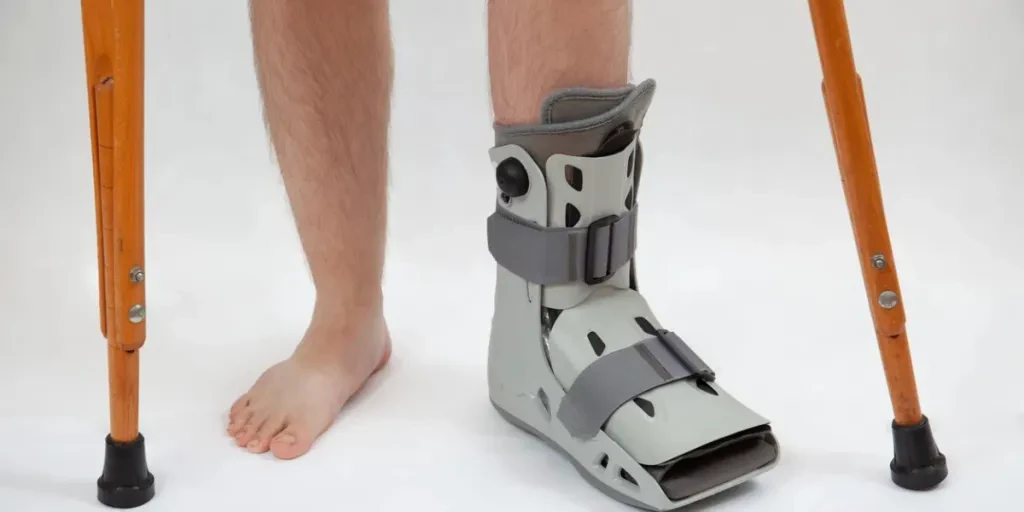
Ensuring Maximum Comfort for Daily Use
Ensuring maximum comfort for daily use is a top priority in the design of modern ankle braces. This includes the use of soft, flexible materials that conform to the shape of the ankle, as well as the incorporation of padding and cushioning to reduce pressure points. These design features help to improve user comfort and reduce the risk of skin irritation and other issues.
Safety Standards and Certifications
Safety standards and certifications are also important considerations in the design of ankle braces. Many modern braces are designed to meet or exceed industry standards for safety and performance, ensuring that they provide the necessary support and protection. The use of certified materials and construction methods helps to ensure that ankle braces are both safe and effective.
Benefits and Performance
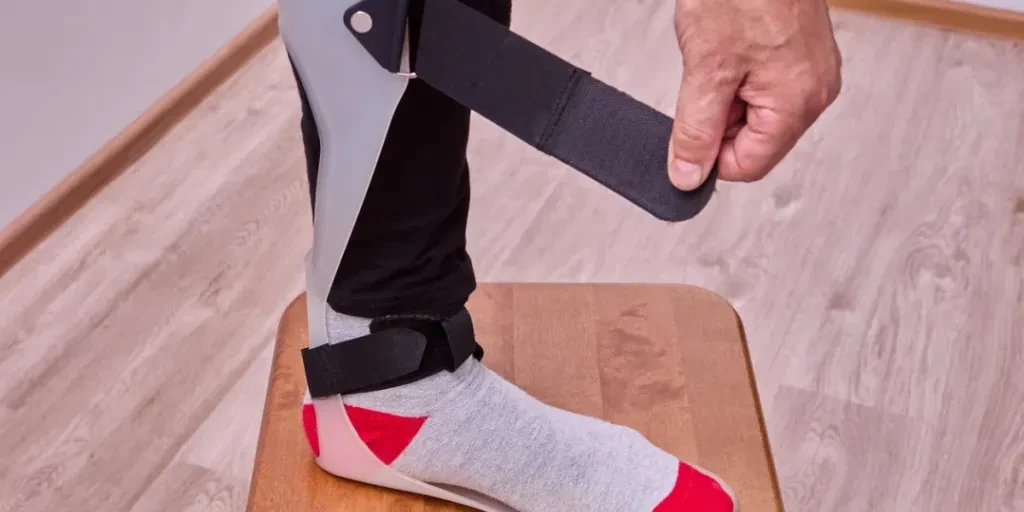
Speeding Up Recovery Time
One of the primary benefits of using an ankle brace is the ability to speed up recovery time. By providing support and stability to the injured ankle, braces help to reduce strain and prevent further injury, allowing the body to heal more quickly.
Ankle braces can also enhance athletic performance by providing additional support and stability during physical activity. This is particularly important for athletes who are recovering from an injury or who have chronic conditions that affect their ankle stability.
Long-Term Benefits for Chronic Conditions
For individuals with chronic conditions, such as arthritis or tendonitis, the use of an ankle brace can provide long-term benefits. By providing ongoing support and stability, braces can help to reduce pain and improve mobility, allowing individuals to maintain an active lifestyle. According to a professional report, the use of ankle braces has been shown to improve quality of life for individuals with chronic conditions, helping them to stay active and engaged in their daily activities.
Conclusion
The advancements in materials, design, and technology have significantly improved the effectiveness and comfort of ankle braces. These innovations not only enhance support and stability but also provide valuable insights through integrated sensors and customizable features. As the industry continues to evolve, the future looks promising for even more advanced and user-friendly ankle braces, offering greater benefits for both injury recovery and athletic performance.




